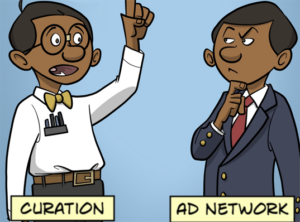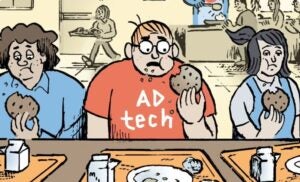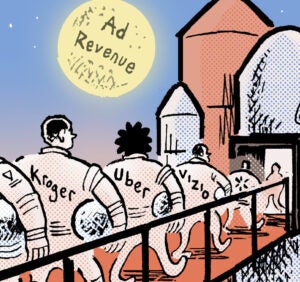Parents, media companies and brands are struggling to adapt to a sea change in how kids consume content. Children have migrated away from traditional entertainment channels like Nick Jr. in droves, embracing new platforms – mostly YouTube and mobile games.
But digital environments are fraught. YouTube has been criticized for a rise in disturbing videos on its platform seemingly geared to kids. Another risk for brands and publishers in the US is the COPPA regulation that prevents data collection from children. Mattel recently canceled plans for an AI-enabled toy over data collection fears.
This hasn’t stopped internet companies from chasing after this quickly growing audience. Facebook is the latest, announcing a new messenger app for those under 13.
In this week’s episode of AdExchanger Talks, we hear from SuperAwesome CEO Dylan Collins, who has been focused on kids’ media for the long haul.
“The internet was built by guys and girls like us, for guys and girls like us,” he says. “No one really even considered, what is a 6- or 7- or 8-year old going to do within this infrastructure? As kids have become an enormous part of this online constituency, all of a sudden they’re one of the fastest-growing online audiences on the planet.”
Collins adds, “What we’re seeing is the beginning of a series of clashes and issues that is only going to get greater as kids are spending more time online.”
SuperAwesome provides an ad-buying platform for “zero data,” kid-safe advertising (basically, contextual advertising). It works with both publishers and ad buyers to deliver campaigns intended for children (i.e., toys, films and games).
In this episode, Collins discusses the delicate, high-stakes dalliance dance media platforms are in when it comes to kids’ audiences, and the risks for brands.














